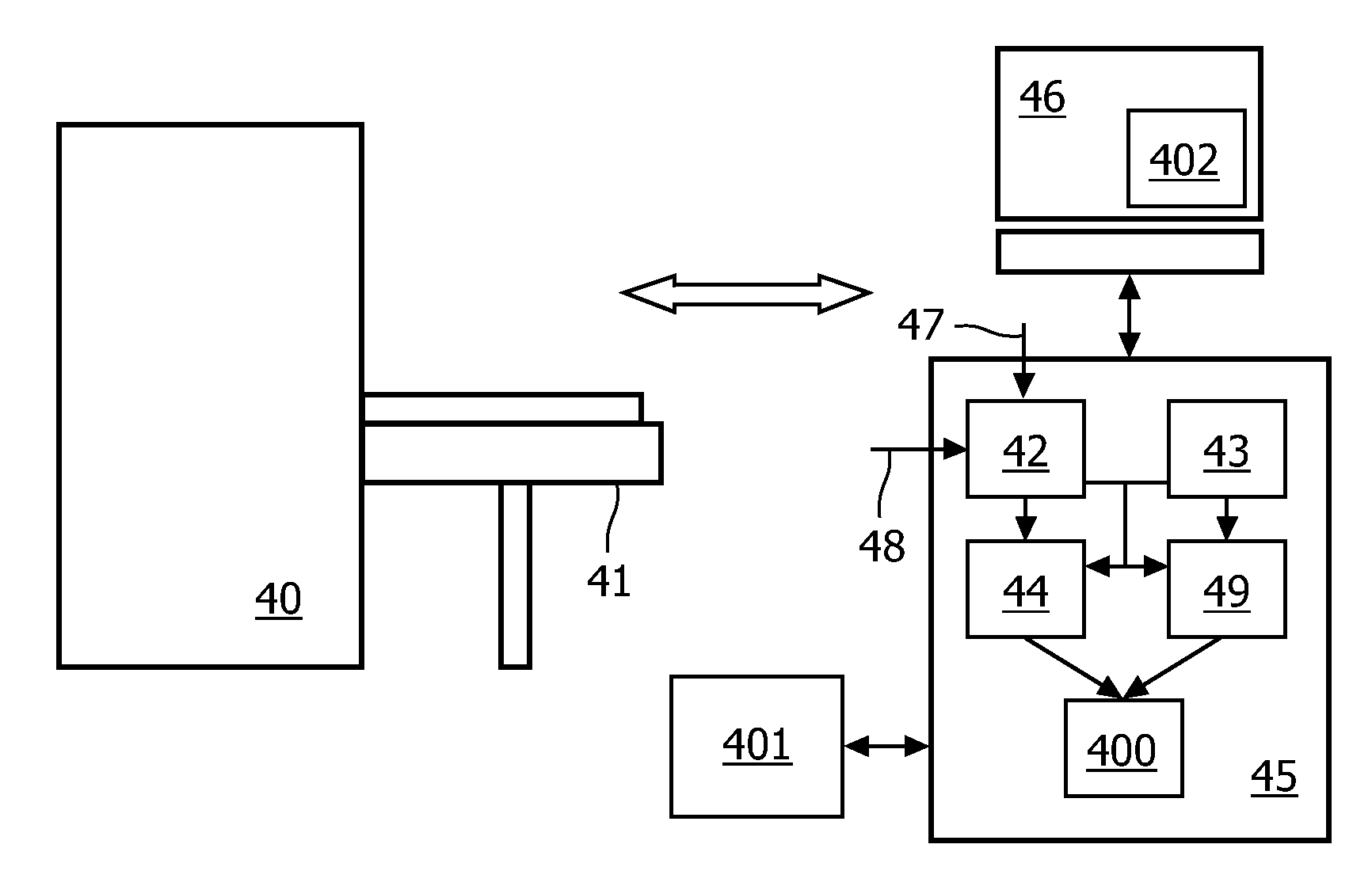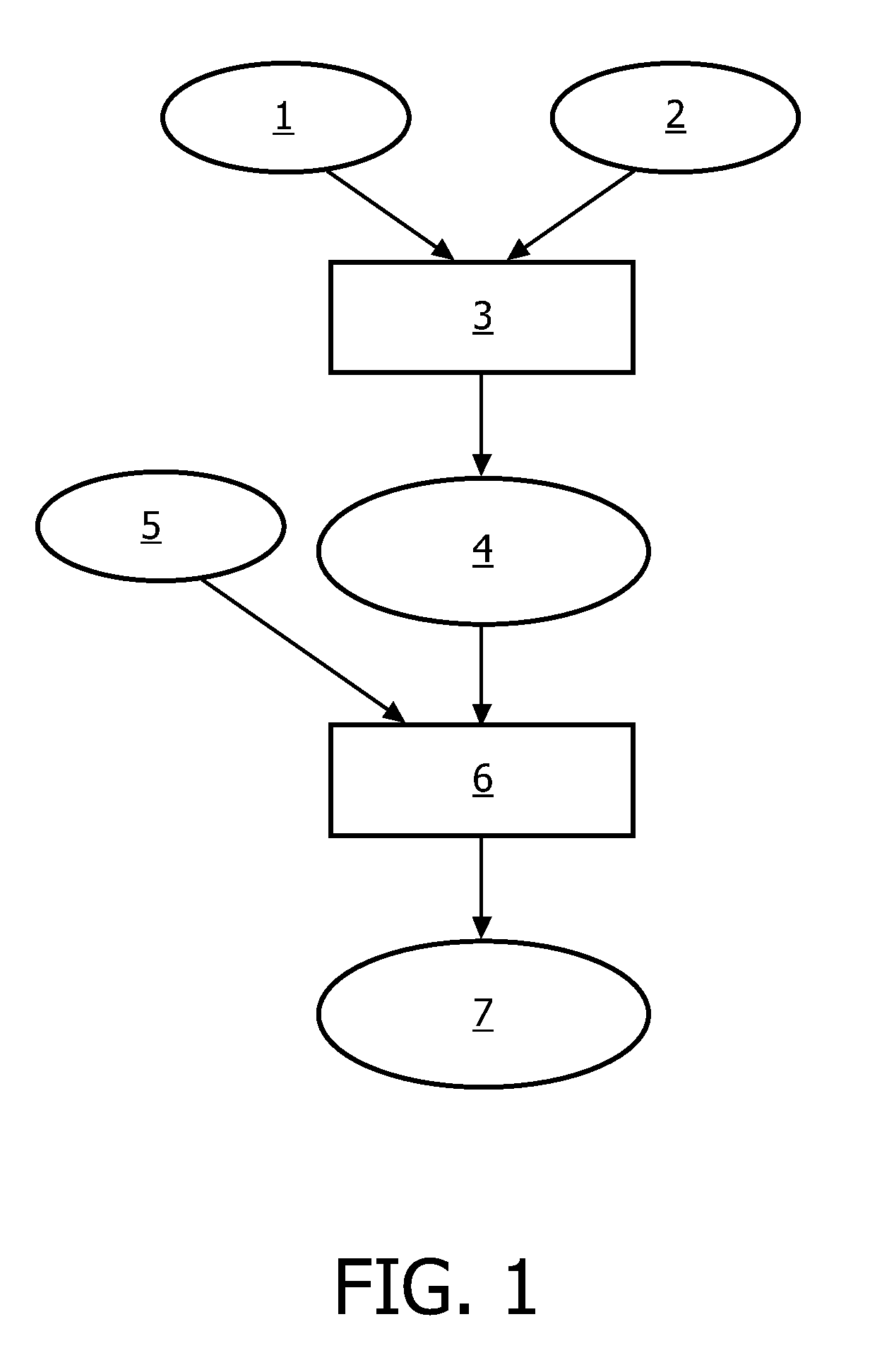Image analysis of brain image data
a brain image and image analysis technology, applied in the field of system of analyzing image data, can solve the problems of difficult to detect hemorrhagic stroke in early stage brain images, difficult to distinguish accurately between many, and difficult to identify areas which have undergone only subtle changes, so as to reduce the time delay involved, efficient extraction of information, and efficient visualization
- Summary
- Abstract
- Description
- Claims
- Application Information
AI Technical Summary
Benefits of technology
Problems solved by technology
Method used
Image
Examples
Embodiment Construction
[0033]Embodiments of the invention will be illustrated with references to exemplary brain image data. The image analysis system in these embodiments is adapted to perform the brain image data analysis based on a neurological deficit resulting from a brain defect such as a lesion. Those skilled in the art will understand, however, that the invention may be applied to analyzing image data describing other regions of the human or animal anatomy, e.g. the heart, liver, lungs, femur or cardiac arteries. The brain example should not be construed as limiting the scope of the invention.
[0034]The diagnostics of lesions of the brain is a multi-disciplinary task where information from different sources is gathered and combined. For example, information from clinical investigations, neurological tests, imaging and laboratory tests is combined and evaluated by the medical practitioner to arrive at a diagnosis. An important tool in arriving at the diagnosis is the use of image data. However, it m...
PUM
 Login to View More
Login to View More Abstract
Description
Claims
Application Information
 Login to View More
Login to View More - R&D
- Intellectual Property
- Life Sciences
- Materials
- Tech Scout
- Unparalleled Data Quality
- Higher Quality Content
- 60% Fewer Hallucinations
Browse by: Latest US Patents, China's latest patents, Technical Efficacy Thesaurus, Application Domain, Technology Topic, Popular Technical Reports.
© 2025 PatSnap. All rights reserved.Legal|Privacy policy|Modern Slavery Act Transparency Statement|Sitemap|About US| Contact US: help@patsnap.com



